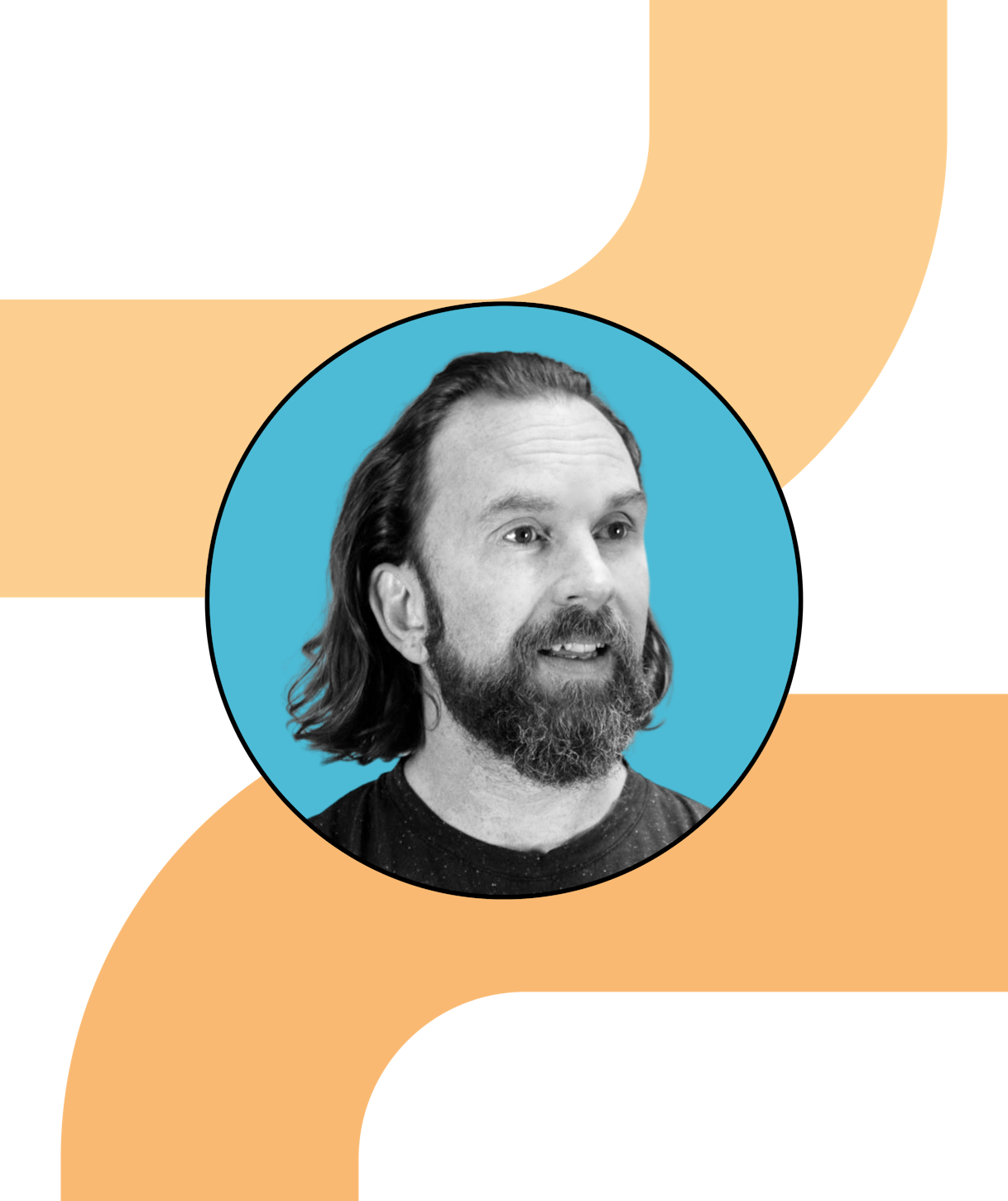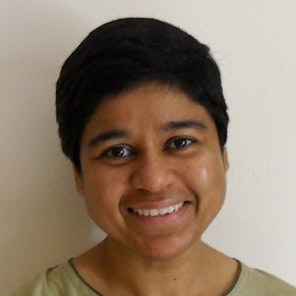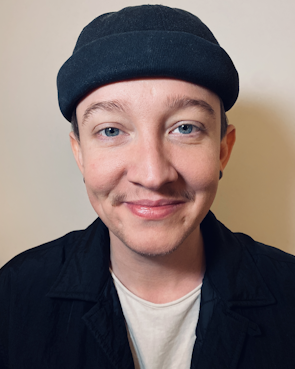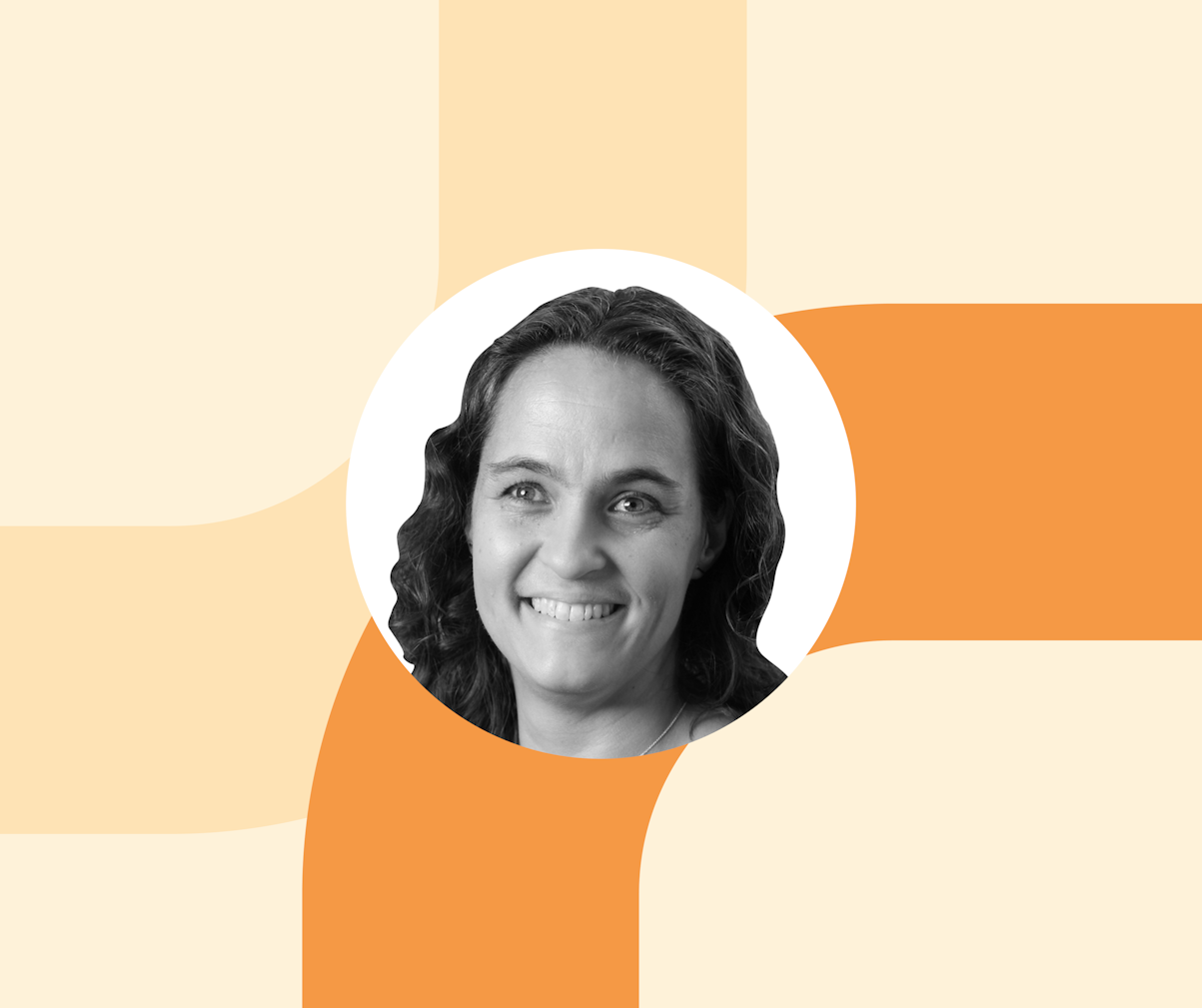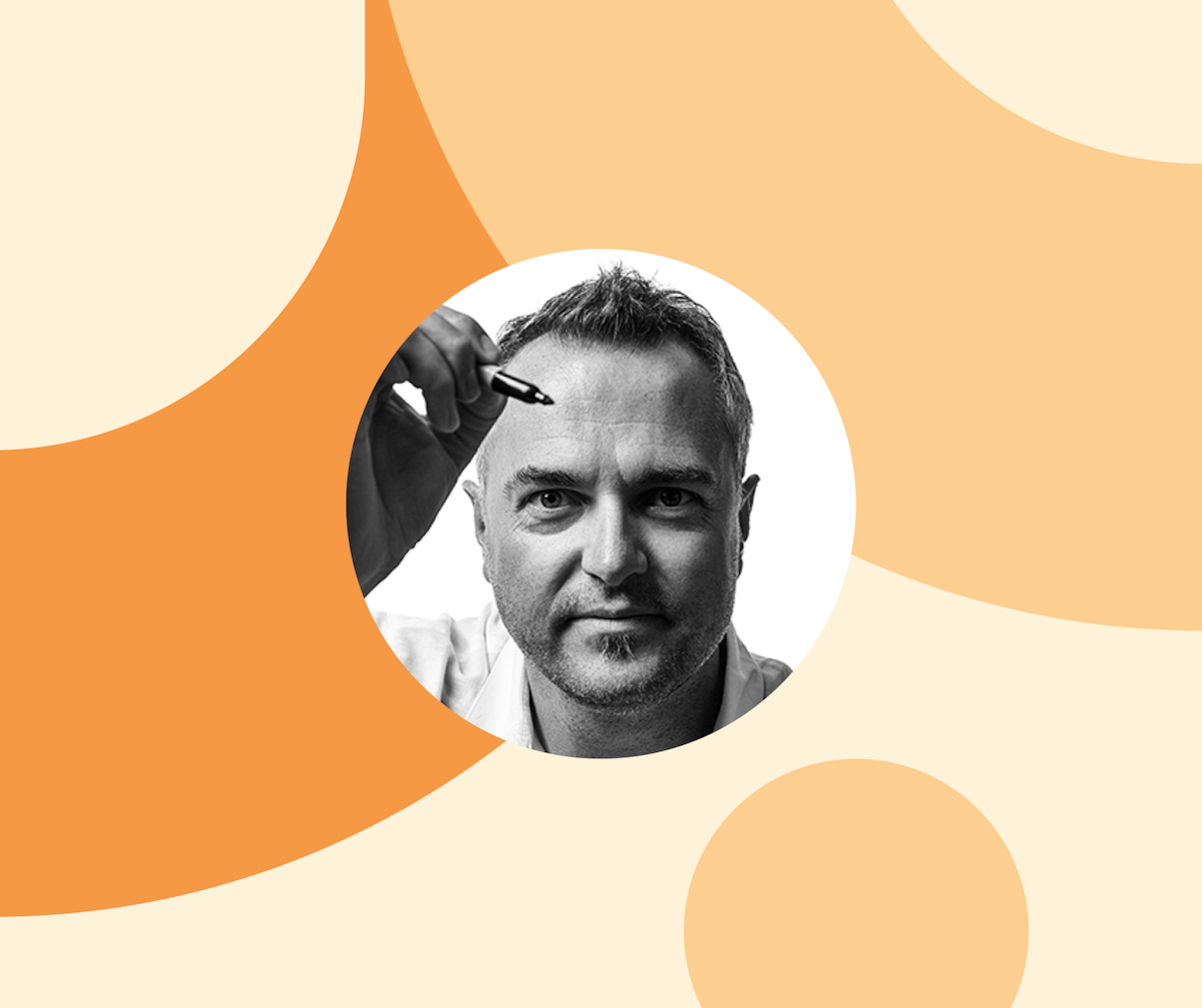After he finished university, Andy Budd spent the summer busking. He’d juggle fire on the streets, and even got hired to manage a juggling ball stand.
Perhaps it’s that focus and balance that makes Andy a great startup advisor and coach.
Early-stage startups often find themselves juggling competing demands and priorities. The product backlog can quickly become unmanageable. How do you decide which features to prioritize? Which stakeholders should you optimize for? How do you balance short-term and long-term goals?
Andy helps early-stage startups navigate these challenges.
A well-known design leader, speaker, and mentor, Andy founded Clearleft, a leading UX agency in Europe, as well as founding and curating the UX London, dConstruct, and Leading Design conferences. He currently spends his time coaching design leaders and supporting start-up founders at the early-stage venture fund Seedcamp.
We spoke to Andy to learn more about the challenges of product decision-making—the power dynamics involved, how to prioritize features in a democratic way, and how to grow the influence of design in the organization.
How product decision-making matures over time
In his work with startups, Andy has observed time and again how product decision-making evolves and matures over time. In fact, he breaks it down into three distinct phases, or three “levels of maturity.”
In the early days, product design typically begins with the founder’s initial vision for what they want to build. Next, they ask customers what they want—which is not always helpful since people often aren’t good at “judging future needs and future behaviors,” Andy explains. The sales team will also come back with a bunch of feature requests. Meanwhile, the product management, design, and engineering teams might have other ideas.
As new features start to accrete, the product backlog soon becomes overwhelming, and it’s hard to prioritize what to focus on. That’s when people start “throwing features at the wall to see what sticks,” he says, hoping that they’ll be able to “build, measure, and learn.” In reality, proceeding without structure or thought leads to chaos.
In the next phase, people turn to product prioritization frameworks such as ICE, which stands for impact, confidence, and ease of implementation. By rating features on these three scales, they’re able to create a stacked ranking to figure out which features to focus on next. Other common prioritization tools similar to ICE include the Eisenhower framework and Divide the Dollar. These frameworks and metrics provide some much needed structure to the decision-making process.
Finally, as the company grows and hires more senior product people, the prioritization process slowly matures, becoming more complex and sophisticated. At this point, the focus shifts to what the business is trying to deliver and takes a range of important KPIs into account. For instance, they might look at indicators like returning visitors or engagement levels, which are likely to lead to conversions as well as long-term customers.
Andy neatly sums up the three phases of product decision-making: “You start to get more sophisticated over time, but initially it’s throwing things against the wall, some kind of stack and rank, and then looking at a whole range of different factors around KPIs. Usually these are the levels of maturity you go through.”
The power dynamics at play
The stages of that product evolution are often accompanied by shifting dynamics of power.
The initial phase is oftentimes chaotic and “very, very driven by the power dynamics in the organization,” Andy observes. The priorities might change from week to week, with directives coming from the CEO or the Head of Sales—because the people with greater power are the founders and executives, followed by sales and marketing. At this stage, “if you’re a lowly designer or researcher or tech or product person, you often lack the ability to challenge the backlog or where features are coming from,” he says.
Then, as the company grows and matures, they realize that throwing things at the wall has a low hit rate. They start building up the research capabilities of their design team. As they hire more experienced people who bring in more rigor, that’s when the power structure “becomes slightly more balanced.”
But it takes time for the research team to shift the balance of power. Initially, the research tends to be summative, e.g., looking at how the product is currently performing. As the research function becomes more sophisticated, “it becomes a great tool for problem discovery” by deploying deeper, ethnographic research to understand problems and user needs.
That’s when the design and research teams start to gain more influence on the backlog. At this point, the balance of power has shifted from a “leadership-driven feature factory” to prioritization based on “formative exploratory research” coming from the design teams.
Striking a balance between intuition and analytics
As the balance of power shifts from guesswork and intuition to research and number crunching, Andy finds that sometimes leaders begin to rely excessively on research and analytics. They want researchers to not just identify the problems, but identify exactly which solutions they should invest in—which, of course, isn’t possible with 100% certainty.
In other words, he says, companies “very quickly move from no research to an over-reliance on metrics, data, and research” and soon “get bogged down in not being willing to make any hunch decisions because everything has to be validated before they move ahead. And that�’s almost as bad as everything being thrown against the wall.”
The good news is that it’s possible to find and maintain a middle ground between those two extremes:
There’s a really interesting sweet spot in the middle where the researchers are doing just enough research, where they’re finding problems and figuring out the right size of the problems, where they’ve got enough credibility that they can get those problems on the roadmap and get them prioritized, but they’re not being used as a tool to guarantee that every single solution will be the right solution.

Andy Budd, Design leader & Coach
Andy would like to see more research teams stretch out that sweet spot because that’s where you can be “highly capital efficient, efficient with your design work, and efficient with your release cycle if you stay in that space for longer.”
Ideally, companies should try to maintain a mature state that balances intuition and risk-taking with rigorous research and analytics.
Integrating design and research
A really tight relationship between design and research means you’re much more likely to get actionable design research and actionable insights.

Andy Budd, Design leader & Coach
One way of maintaining that ideal state is by integrating design and research. Andy recommends that research teams be embedded into the product and design teams, so that they’re always in dialogue and collaboration, and not working in a silo. According to Andy, having “tightly integrated design and research teams” ensures that you get “actionable design research and actionable insights.”
I want designers and even executives to be participants in the research. Otherwise, the people who are consuming the research haven’t really felt the pain points.

Andy Budd, Design leader & Coach
What’s even better, Andy argues, is getting more people involved in the research. “I want designers and even executives to be participants in the research. Otherwise, the people who are consuming the research haven’t really felt the pain points. It’s very different if they’ve gone to 3 or 4 interviews and seen the same thing come up again and again,” he explains. Participating in the research allows them to “soak up the learnings and the experience” so they can bring it back to the people making the decisions.
Along the same lines, Andy would like to see research documentation being done collaboratively, rather than reduced to bullet points and decks that people read at arm’s length.
It’s important that the research becomes a store of information that was actually built up collaboratively through participation in that research. Then the research documentation becomes something that the product managers and designers and engineers refer back to.

Andy Budd, Design leader & Coach
How to prioritize features in a democratic way
Just as democratizing research can lead to better informed decisions, another way to improve product decision-making is to approach the product backlog in a more democratic way.
Typically, each team—leadership, sales, design, and so on—tends to prioritize differently because “each team has a fundamentally different lens through which they’re looking at the problem,” Andy explains. For instance, the sales team might be trying to deliver a certain number of sales per quarter. The founders and executives might be under pressure from their VCs and investors to meet short-term targets in order to unlock the next tranche of funding.
Designers, on the other hand, usually push back against short-term wins. As designers, Andy says, “we’re all about delivering long-term customer value. We want to build the best product possible.” That means doing research, building prototypes, and advocating for the best user experience.
As designers, we’re all about delivering long-term customer value. We want to build the best product possible. We believe that user experience is key, because if the customer experience is great, then people stick around and they recommend it to others.

Andy Budd, Design leader & Coach
In other words, each group is optimizing for a different set of outcomes and guided by a different set of philosophical and ethical beliefs. Andy notes that “when those differing outcomes and sets of beliefs clash,” there’s a power struggle, and unfortunately, design is often at the bottom of the pecking order.
So when it comes to the product backlog, putting all the problems into one linear document and stack ranking them often results in designers getting pushed down the priority list.
The solution, Andy argues, is to prioritize features across a number of different “layers” or “swim lanes.” Organizing features in different layers makes it possible to then pick the top 3 in each lane, for instance. This is a more democratic approach where “each major function of the organization gets to see the benefit of their problem-finding approaches.” Allowing each team to own a slice of the backlog means that “each team feels like they’re being listened to, each team feels like what they’re adding to the product matters.”
Andy suggests the Kano Model as an example—it’s a framework that prioritizes features using different lanes, such as fundamental features, nice-to-haves, and delighters. It’s the delighters that are often important to design and research teams, but get pushed to the bottom in a traditional stacked ranking. And yet, those are often the features “that really build the character of the product.” So having their own lane enables designers to prioritize and add value.
Ensuring that design has a seat at the table
If a business starts realizing that design has really smart ideas that can improve their outcomes in the short-term, I think they’re much more likely to invest in the long term.

Andy Budd, Design leader & Coach
Andy is a big advocate of having a designer on the founding team, so that there’s design leadership and forethought at the table right from the start. Having a designer as part of the C-suite would also reduce the power imbalance. Similarly, he’d like to see design leaders reporting directly to the CEO, and senior design hires being allowed to push back and advocate for the needs of the customer.
At the same time, Andy recognizes that it’s often challenging for designers to win an argument on moral or ethical grounds. That’s why he’s excited about the emergence of “growth designers” who use their design skills to “solve really tangible business problems that are meaningful for business owners,” thus demonstrating that “design can be a really powerful contributor towards the bottom line.”
To learn more about the field of growth design, the book Andy recommends is The Cold Start Problem by Andrew Chen. He’d like to see designers think more about how to design in a way that meets user needs as well as business needs, so that it solves for both.
For Andy, that would be a win-win situation: “If a business starts realizing that design has really smart ideas that can improve their outcomes in the short term, I think they’re much more likely to invest in the long term.”
